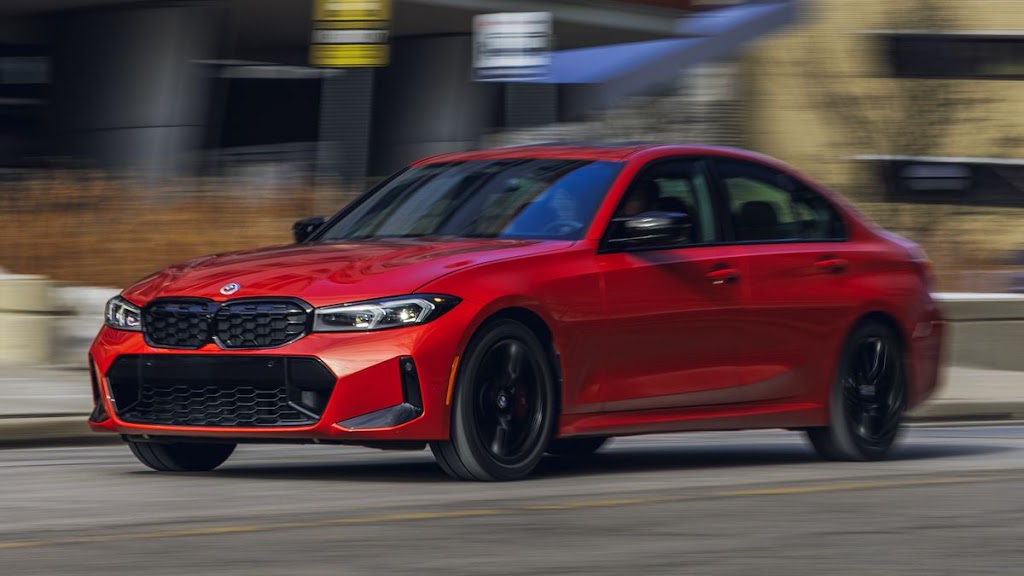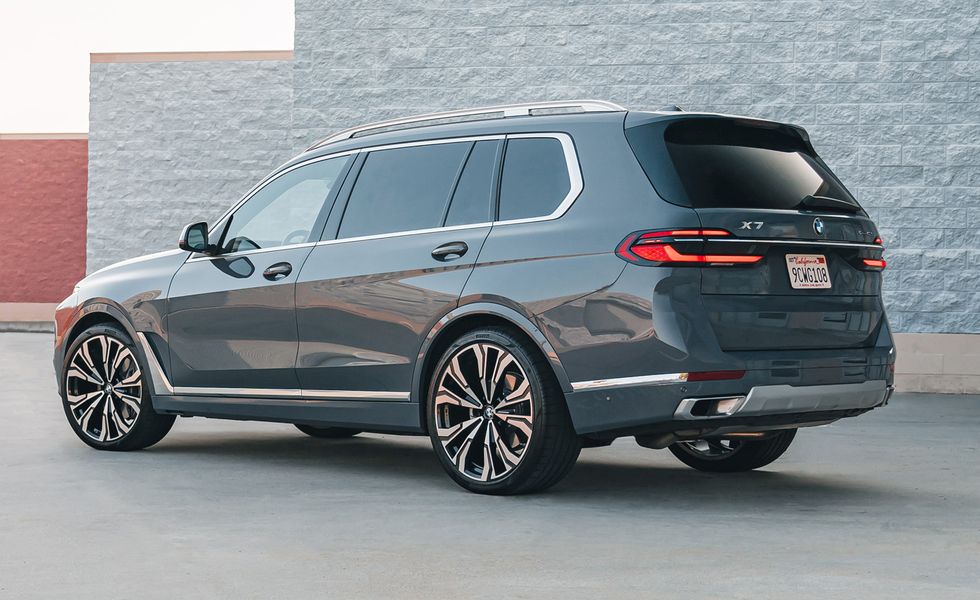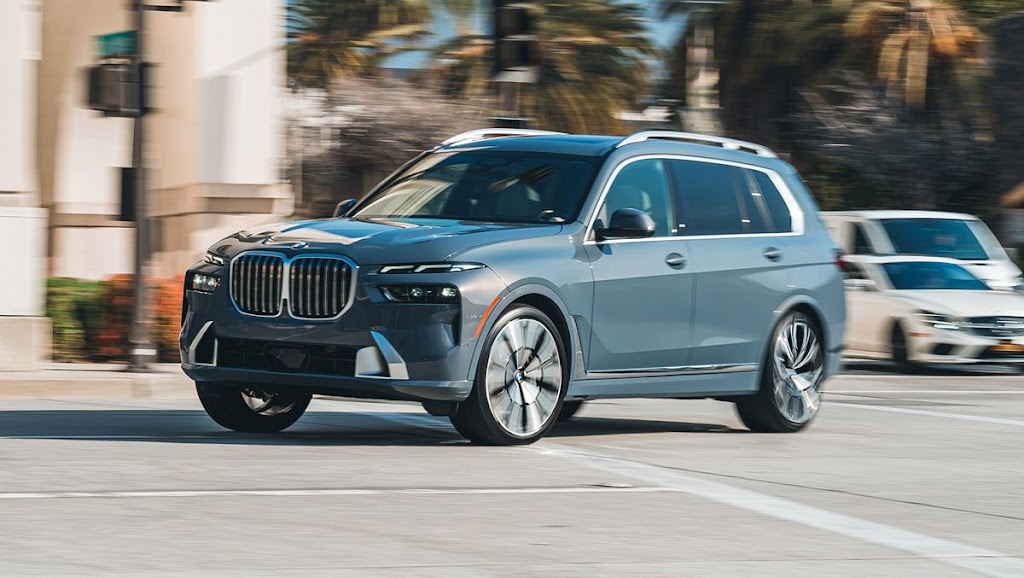The sixth generation Honda Civic is an automobile
produced by Honda from 1995 to 2000. It was introduced in 1995
with 3-door hatchback, 4-door sedan, and 2-door coupe body styles, replicating
the line-up of its predecessor. The sixth-generation Civic featured two new
1.6-liter 4-cylinder engines and a new continuously variable transmission (CVT)
on the HX model. The coupe and sedan are 2.3 inches (58 mm) longer and the
hatchback is 4.3 inches (109 mm) longer than the previous generation Civic. It
was the last generation of Civic to feature front double wishbone suspension,
as the upcoming seventh generation would replace the front suspension with
MacPherson struts.
In Europe, the Honda Concerto hatchback was also offered as
a 5-door hatchback. This model used the same design language as the rest of the
Civic range but was essentially a hatchback version of the Honda Civic, sharing
the car’s platform derived from the previous generation (EG/EH/EJ) Civic. had
gone. The Domani replaced the sedan version of the Concerto in Japan while the
sedan version of the Concerto was directly replaced by the sixth-generation
Civic sedan in other markets. Two wagons were also made available. Based on the
JDM Artia, a Civic sedan/3-door hatchback line, and a 5-door hatchback/Domini-based model for Europe, sold as the Civic Aerodeck. Neither variant is offered
in North America. The Civic 5-door hatchback also formed the basis of the 1995
Rover 400, although the 4-door sedan version of the Rover was completely
different from the Domani.
All Engine Specification of Honda Civic 6th Generation:
|
Aspect |
Specification |
|
Production Years |
1996 – 2000 |
|
Body Styles |
2-door coupe, 3-door hatchback, 4-door sedan |
|
Engine Options |
1.4 L, 1.5 L, 1.6 L SOHC and DOHC options |
|
Power Output |
Typically ranging from 90 to 160+ HP |
|
Transmission Options |
5-speed manual, 4-speed automatic, CVT (Continuously Variable |
|
Wheelbase |
Varies by body style, typically around 2,600 mm (102.4 in) |
|
Fuel Economy |
Varies based on engine and configuration |
|
Awards |
Notable awards not specified |
|
Suspension |
Independent front and rear |
|
Curb Weight |
Varies by trim level and available options |
|
Dimensions (Length) |
Varies by body style, typically around 4.4 to 4.5 m |
|
Dimensions (Width) |
Approximately 1.70 m (66.9 in) |
|
Dimensions (Height) |
Approximately 1.37 m (53.9 in) |
|
Safety Features |
Airbags (varied by trim and market) |
|
Anti-lock braking system (ABS) available |
|
|
Notable Features |
Improved aerodynamics and sleeker design |
|
Enhanced interior comfort and space |
|
|
Introduction of CVT transmission in some models |

.jpg)



